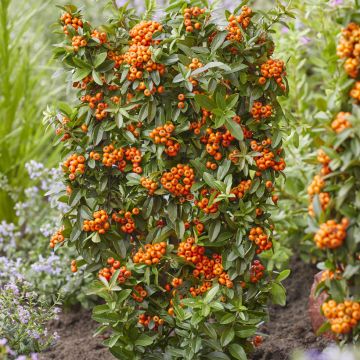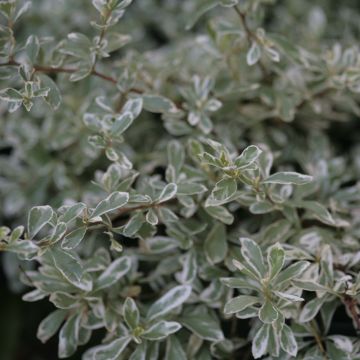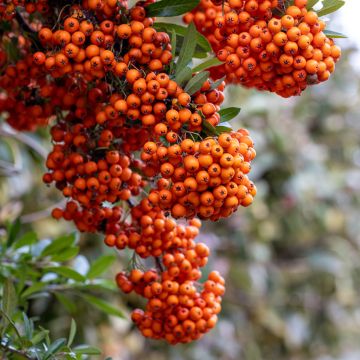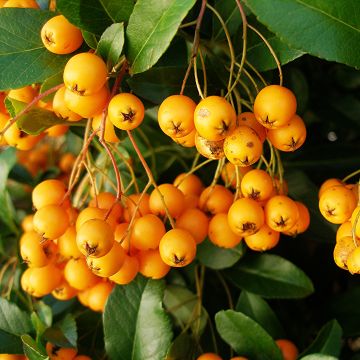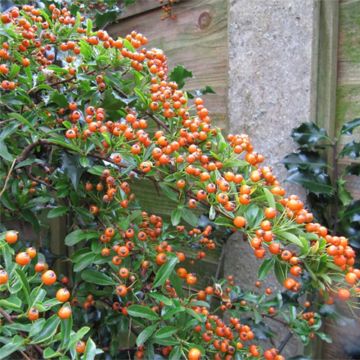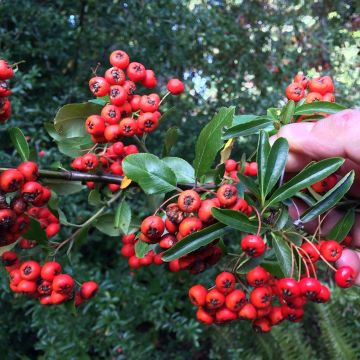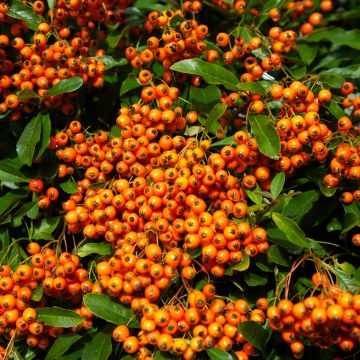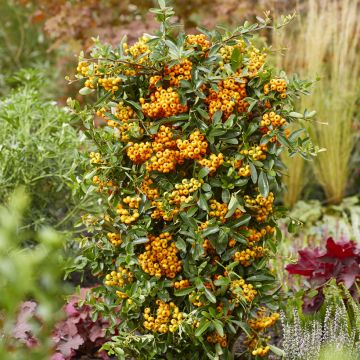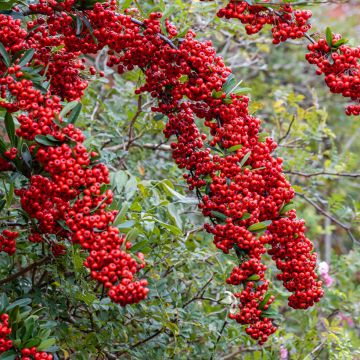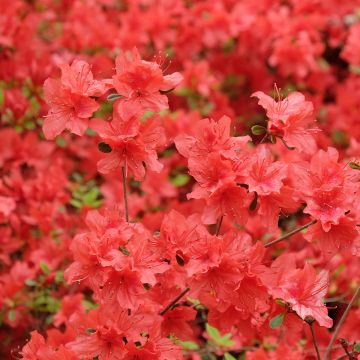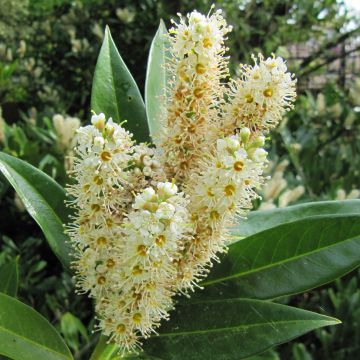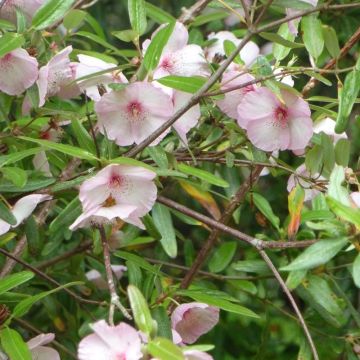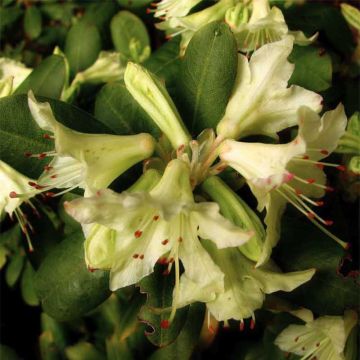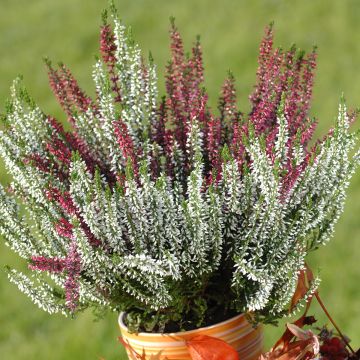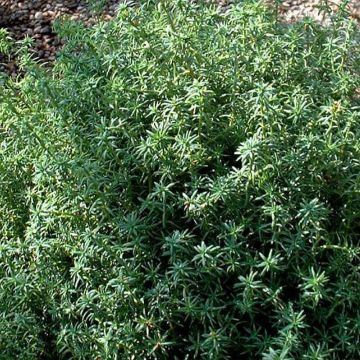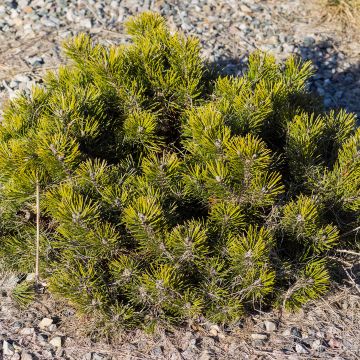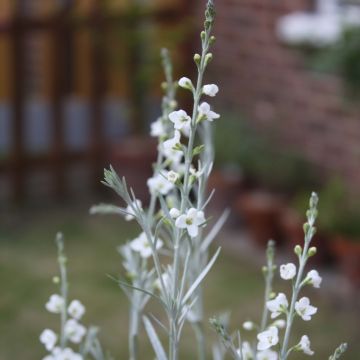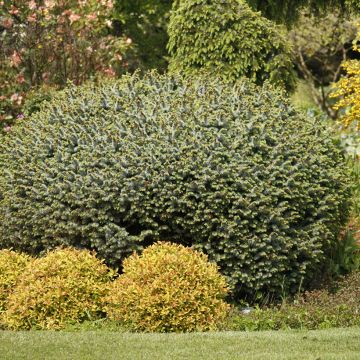Shipping country and language
Your country of residence may be:
Your country of residence is:
For a better user experience on our website, you can select:
Your shipping country:
-
Andorra
-
Austria
-
Belgium
-
Bulgaria
-
Canada
-
Chile
-
Croatia
-
Cyprus
-
Czechia
-
Denmark
-
Estonia
-
Finland
-
France
-
Germany
-
Greece
-
Hungary
-
Iceland
-
Ireland
-
Italy
-
Latvia
-
Lithuania
-
Luxembourg
-
Malta
-
Monaco
-
Netherlands
-
Poland
-
Portugal
-
Romania
-
Slovakia
-
Slovenia
-
Spain
-
Sweden
-
Switzerland
-
United Kingdom
We only deliver seed and bulb products to your country. If you add other products to your basket, they cannot be shipped.
Language:
-
French
-
German
-
Spanish
-
English
-
Italian
My Account
Hello
My wish lists
Log in / Register
Existing customer?
New customer?
Create an account to track your orders, access our customer service and, if you wish, make the most of our upcoming offers.
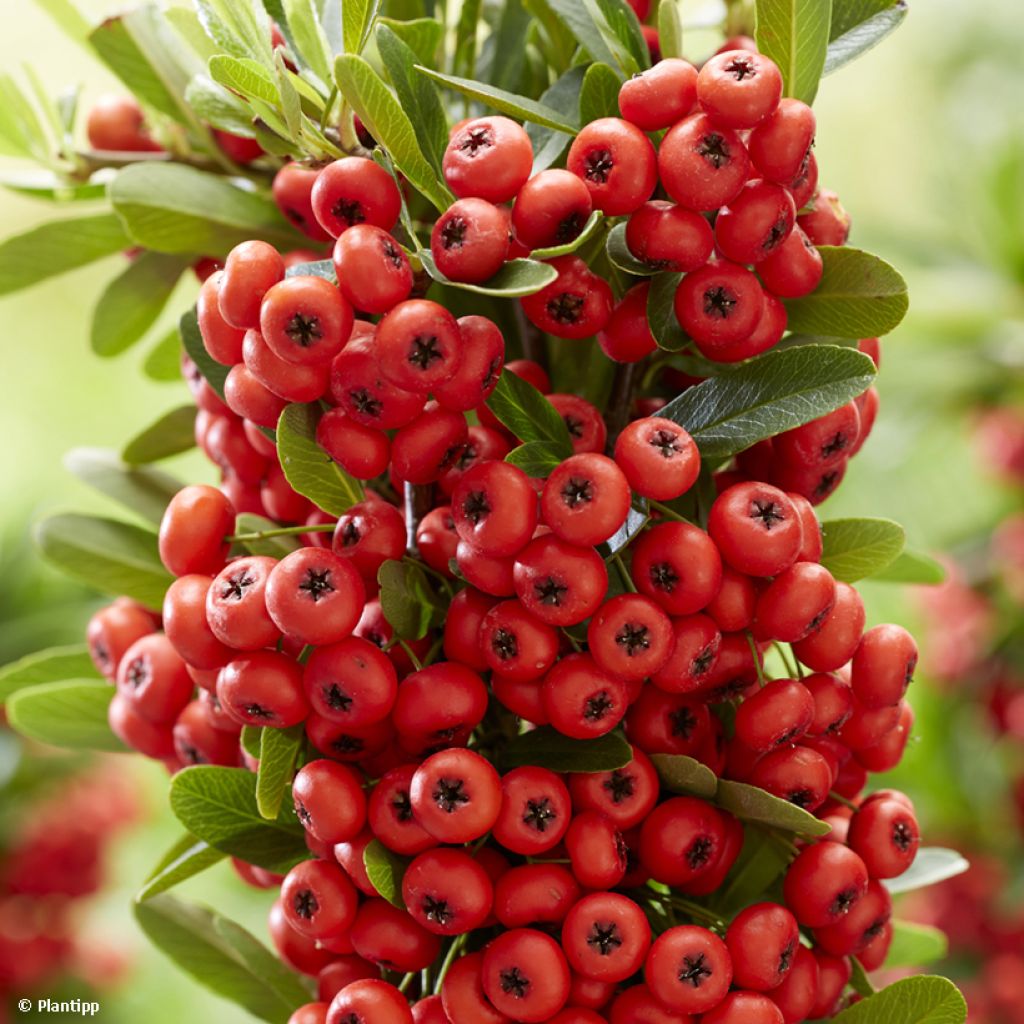

Pyracantha coccinea Red Star - Buisson ardent
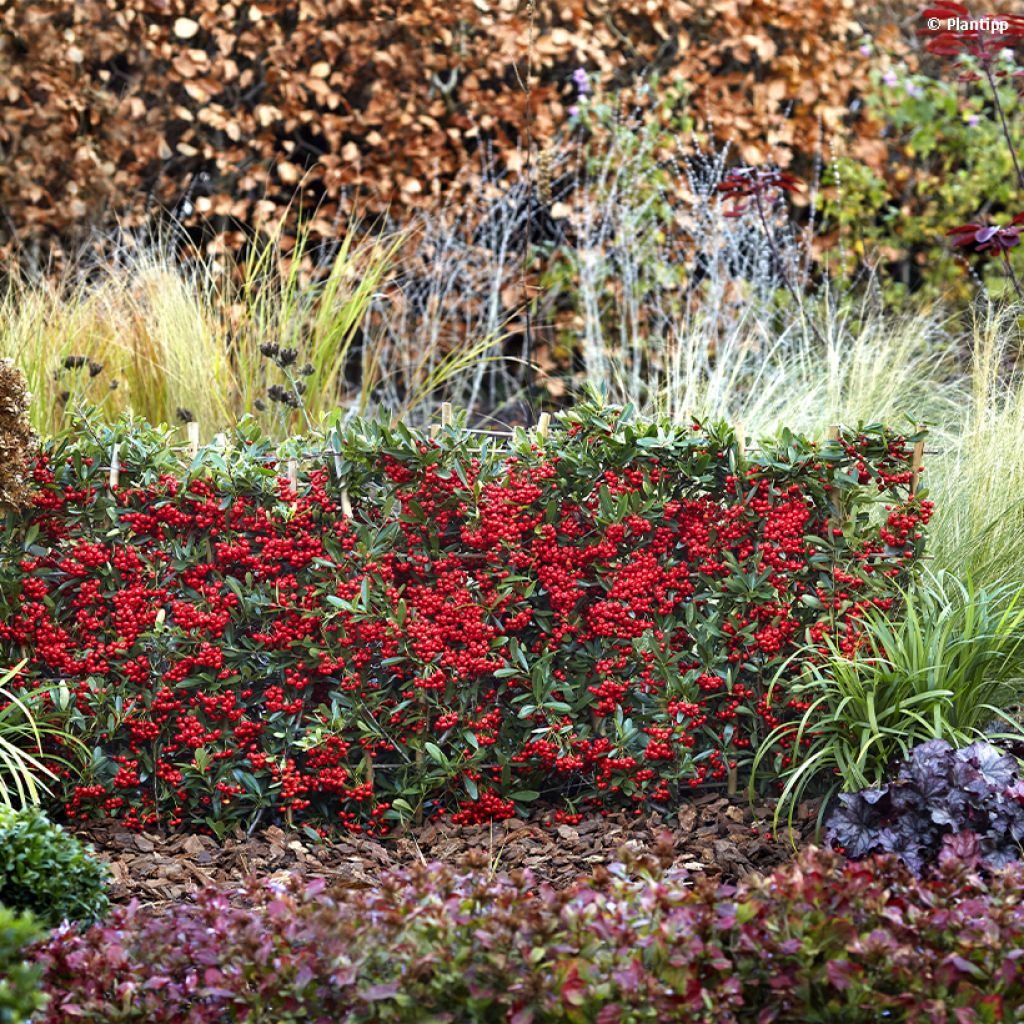

Pyracantha coccinea Red Star - Buisson ardent
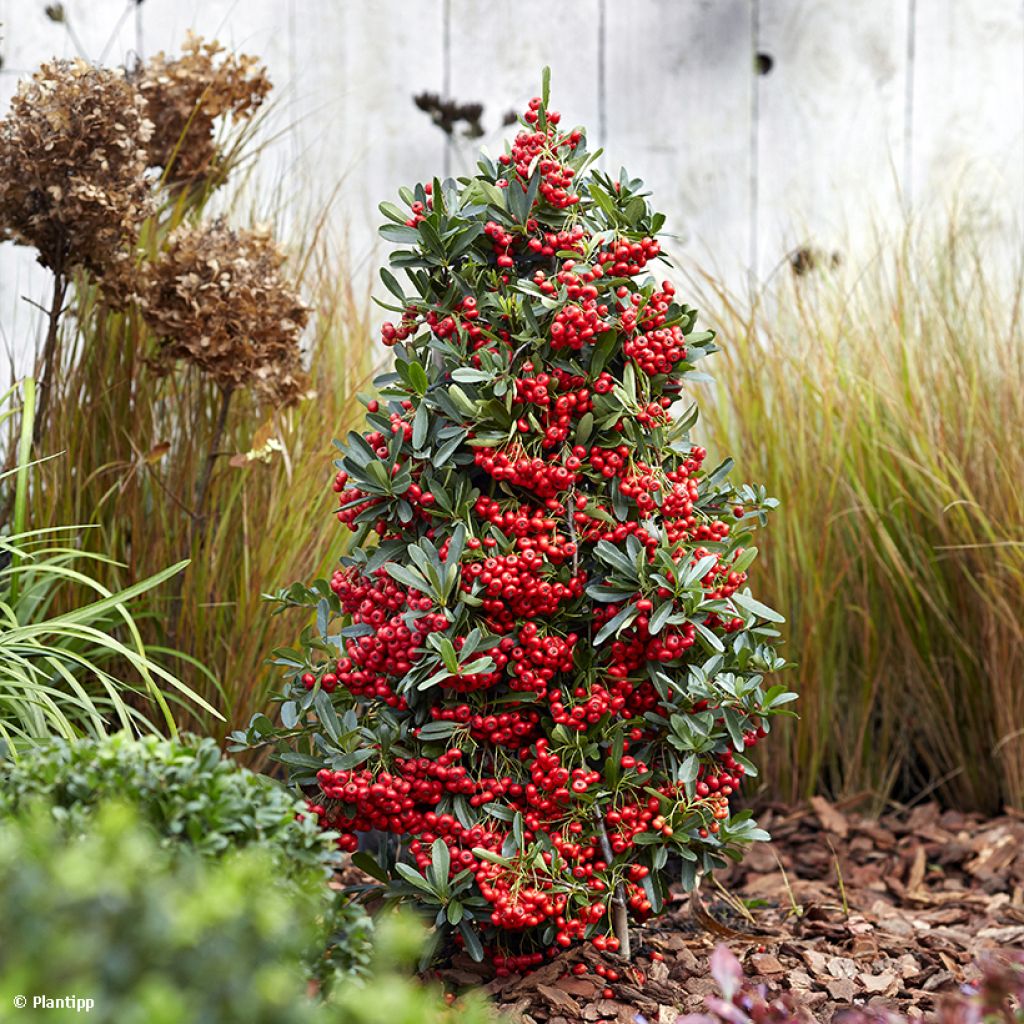

Pyracantha coccinea Red Star - Buisson ardent
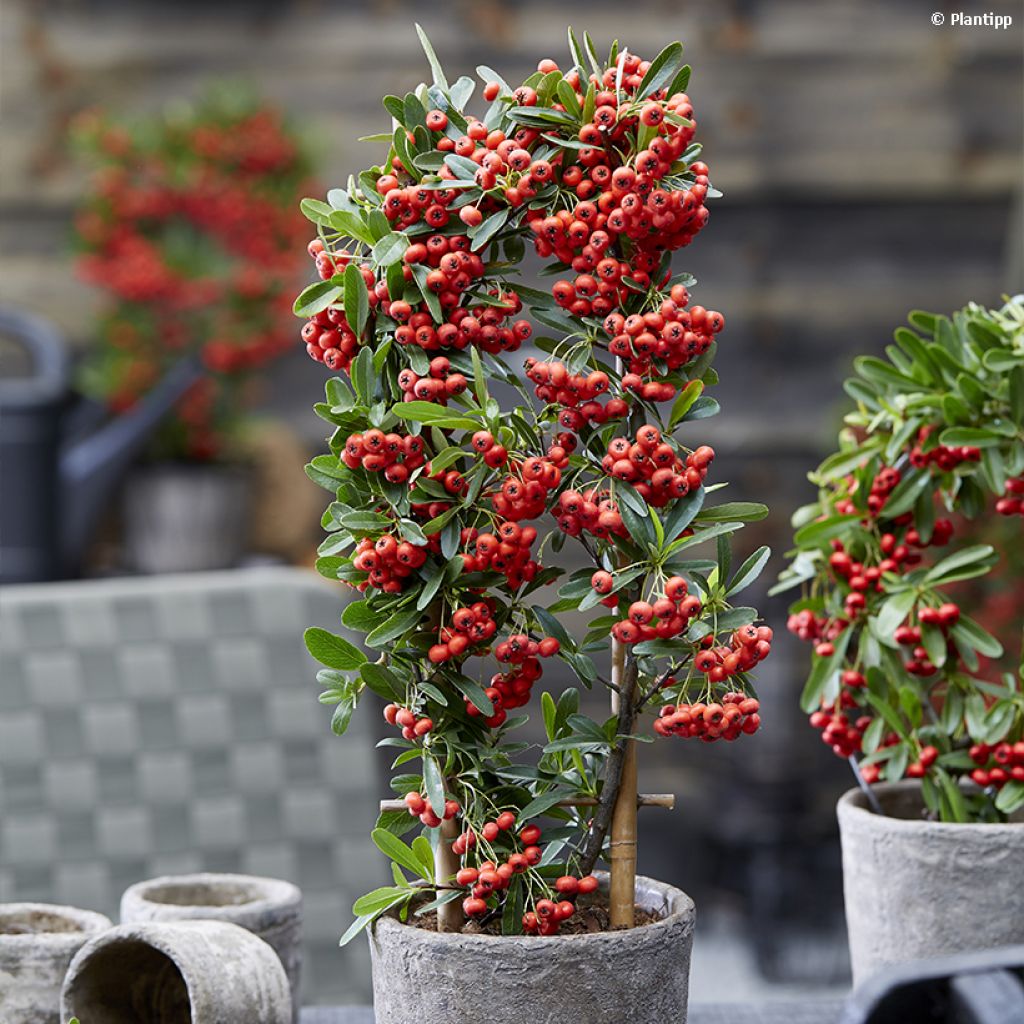

Pyracantha coccinea Red Star - Buisson ardent
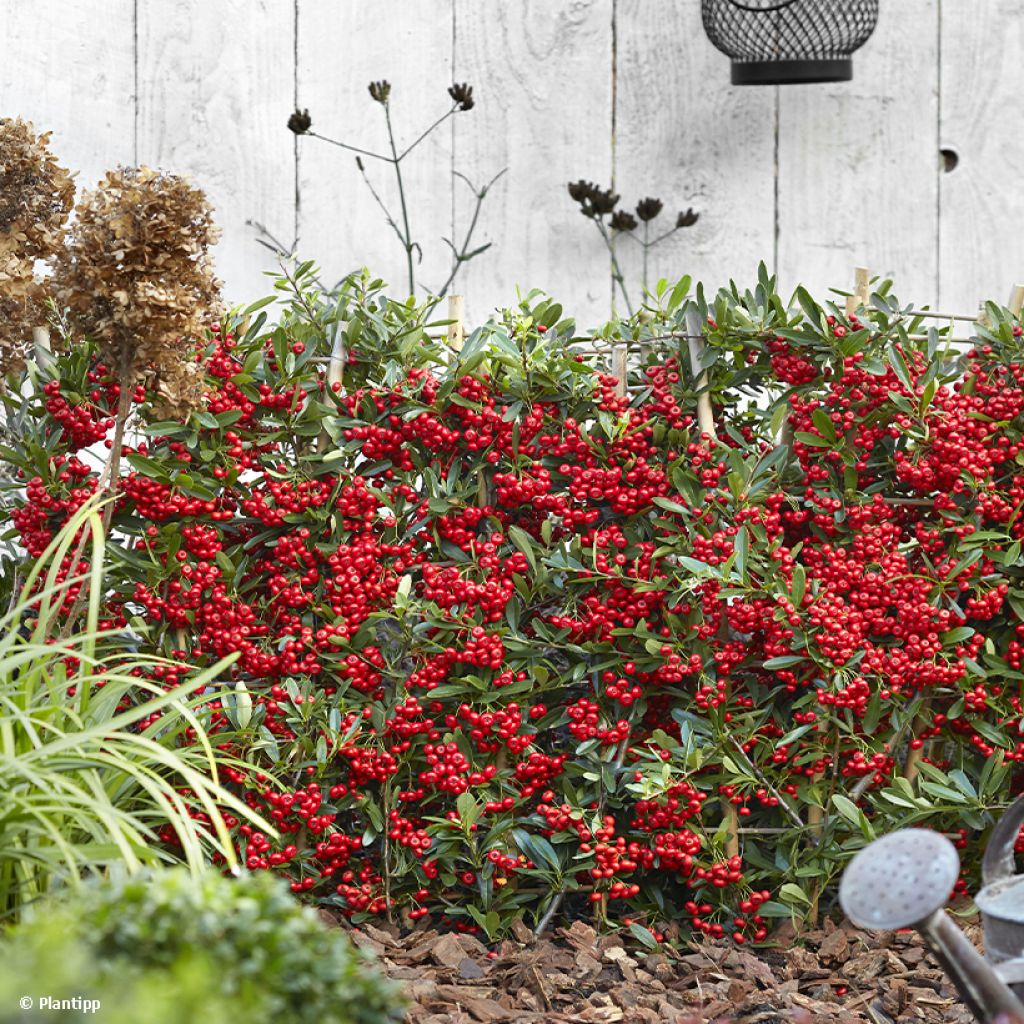

Pyracantha coccinea Red Star - Buisson ardent
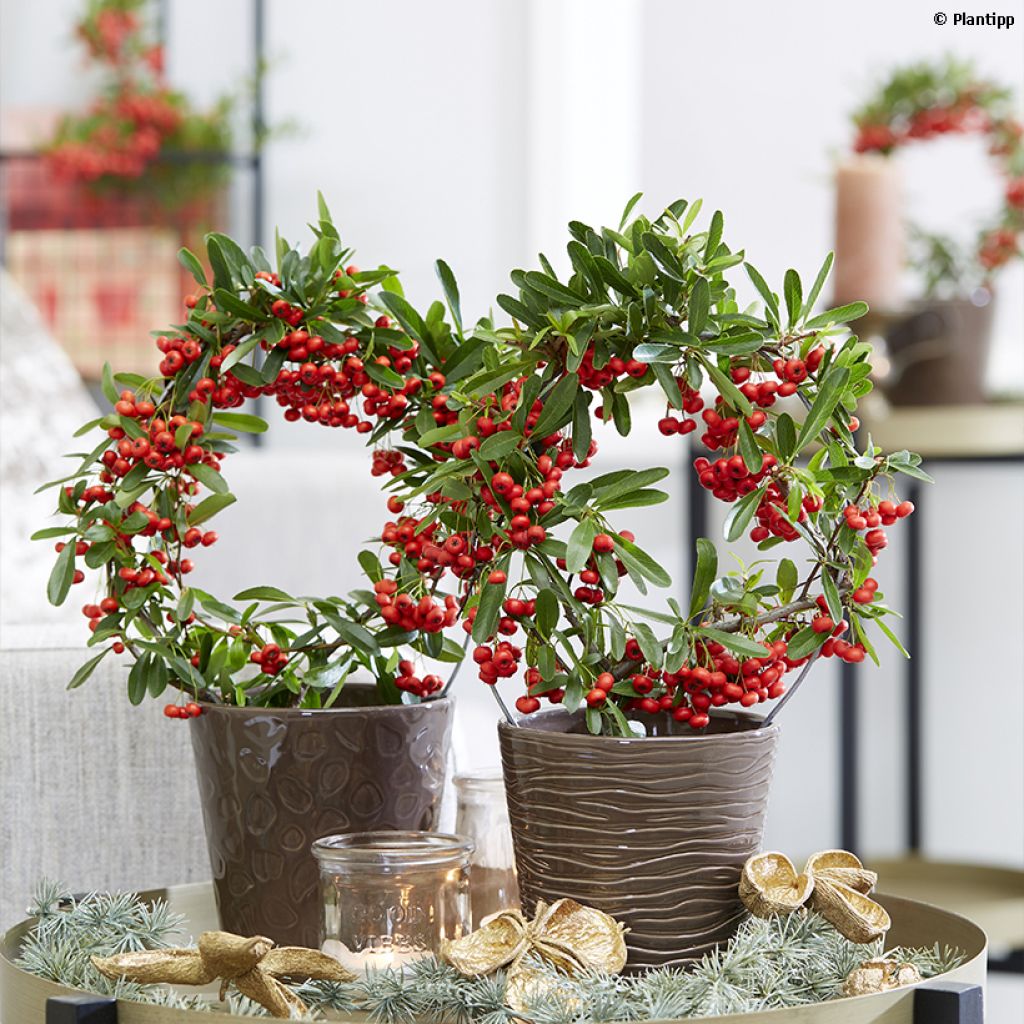

Pyracantha coccinea Red Star - Buisson ardent
Pyracantha coccinea Red Star - Scarlet Firethorn
Pyracantha coccinea Red Star
Firethorn, Fire Thorn, Pyracanth, Pyracantha
A very beautiful young plant.
Ilona, 13/05/2023
Why not try an alternative variety in stock?
View all →Order in the next for dispatch today!
Dispatch by letter from €3.90.
Delivery charge from €5.90 Oversize package delivery charge from €6.90.
More information
This item is not available in your country.
Schedule delivery date,
and select date in basket
This plant carries a 24 months recovery warranty
More information
We guarantee the quality of our plants for a full growing cycle, and will replace at our expense any plant that fails to recover under normal climatic and planting conditions.
From €5.90 for pickup delivery and €6.90 for home delivery
Express home delivery from €8.90.
Does this plant fit my garden?
Set up your Plantfit profile →
Description
Pyracantha 'Red Star' is a recent variety that offers many advantages. Its white flowering in May-June is particularly abundant and beneficial for pollinating insects. It is followed by highly decorative, bright red berries that remain on the branches until Christmas and even later, providing food for birds in winter. This shrub, which is less thorny than other Pyracantha varieties, can easily be trained, shaped on an arch or other structure, and grown in a container. When planted in the ground, it will form a clump 1.80 to 2 m (6 to 7ft) tall and 1.50 m (5ft) wide. Adaptable to all types of soil, it can grow in full sun as well as part shade, making it one of the easiest plants to grow!
Native to Asia and southern Europe, Pyracanthas belong to the large and important family of Rosaceae, which gives us so many ornamental species (Roses obviously, but also Photinia, Potentilla, Amelanchier...), as well as most of our temperate climate fruit trees (Pear, Apple, Cherry, Peach, Apricot, Plum...) and many native species in our countryside. Morphologically, Pyracantha is quite similar to Cotoneaster, but it is distinguished, among other things, by the presence of often quite formidable spines, which for years restricted its use to defensive hedges.
This is a genus that has been extensively worked on by breeders, particularly for ornamental and disease resistance criteria, and many cultivars are available on the market. 'Red Star' is a recent variety that was awarded prizes in 2019 in two international horticultural competitions (IPM Neuheit in Germany, and Goud GrootGroenPlus in the Netherlands), proving its ornamental value. It is also a useful plant, both for its highly melliferous flowers that attract bees and other pollinators, and for its fruits that are consumed by birds in winter when food is scarce for them.
This Pyracantha has a rather upright habit, very bushy, with numerous branches, and a moderate growth, reaching a height of about 2 m (7ft) and a width of 1.50 m (5ft) when fully grown. It produces evergreen, narrow and elongated leaves, of a beautiful dark green colour. In spring, in May-June depending on the climate, it is covered with clusters of fragrant white flowers, offering a remarkable spectacle. These evolve into small green berries in August, then turning bright red in September and the following months. These highly decorative fruits remain on the shrub until Christmas, and sometimes even beyond depending on the appetite of the birds that feed on them.
Red Star is also interesting for its less thorny character, which may reconcile some people with the Pyracantha genus. Its flexible stems can thus be easily trained on different supports, such as teepee trellises, arches, or pergolas, to create autumnal attraction in the garden. Its moderate growth and ability to withstand pruning also allow it to be grown in a decorative pot or container. When planted in the ground, it can obviously be used in a hedge, but also in a flower bed where it can be left to grow with its natural shape, without any pruning. There is nothing prettier than a few branches scattered among the surrounding vegetation when they are covered with red berries in autumn!
Like other varieties, this Pyracantha is extremely adaptable, growing in almost all types of soil, neutral, acidic or alkaline, moist to dry, and it withstands drought once well established. It can grow in full sun or partial shade, and can even tolerate shade in hot, Mediterranean climates.
A well-known hedging plant in the 1980s, Pyracantha could have become outdated, victim of its widespread and indiscriminate use. In reality, it remains a reliable choice that continues to attract the interest of breeders. Tolerating all growing conditions, resistant to urban pollution, and even tolerant of indelicate pruning, it deserves to be part of the modern planting palette. Less thorny than its relatives, the 'Red Star' cultivar offers an opportunity for further uses than the typical defensive hedge. Plant it in a mixed flower bed alongside other shrubs and perennials, where it will not only offer abundant spring flowering but also its decorative interest in autumn and winter. Enhance its structure with summer blooms, such as Mallows with large white or pink flowers. Lagerstroemias (Crape Myrtles), will also be perfect companions, especially if choosing varieties with purple foliage that will contrast with the dark green leaves of 'Red Star', such as Lagerstroemia indica Black Solitaire Best Red.
Report an error about the product description
Pyracantha coccinea Red Star - Scarlet Firethorn in pictures
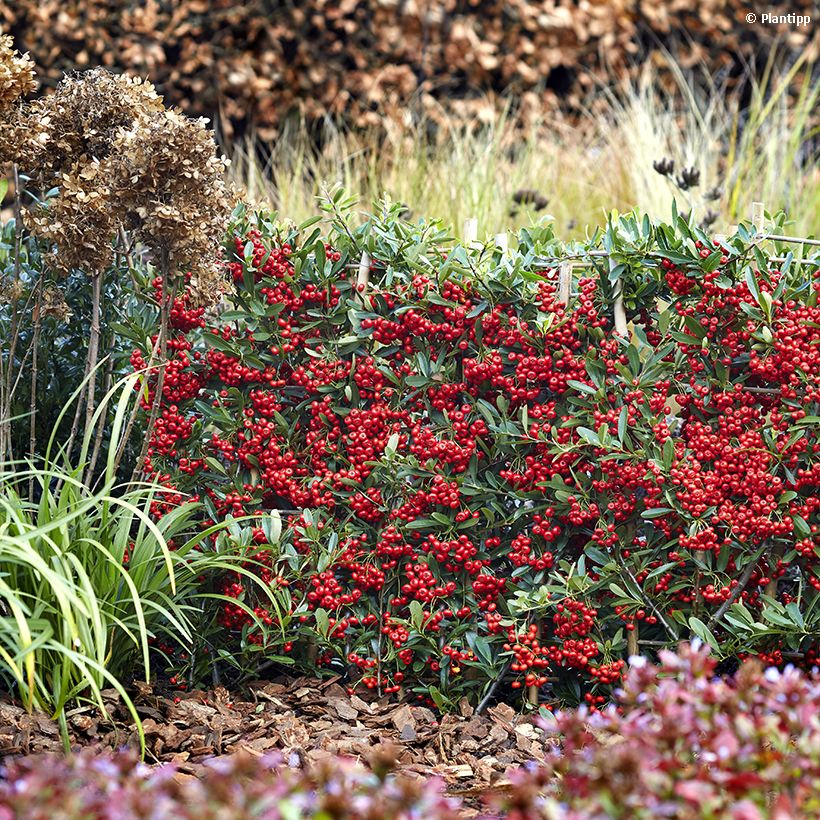

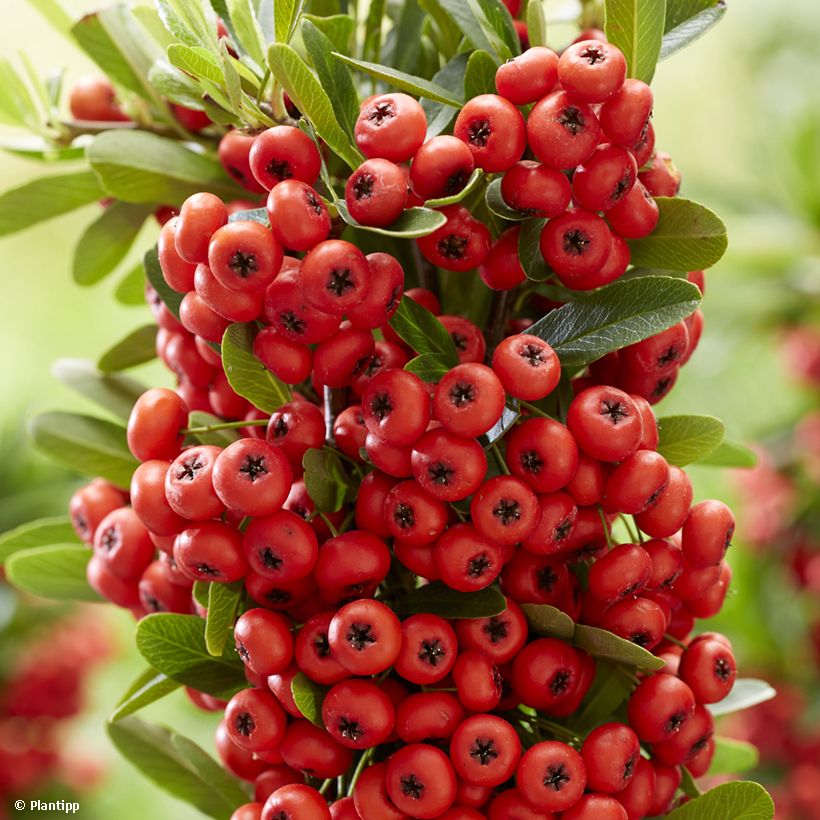

Plant habit
Flowering
Foliage
Botanical data
Pyracantha
coccinea
Red Star
Rosaceae
Firethorn, Fire Thorn, Pyracanth, Pyracantha
Cultivar or hybrid
Other Pyracanthas
Planting and care
Hardy, Pyracantha 'Red Star' thrives in sunny or semi-shaded positions. Plant it in any well-prepared ordinary soil to help it become established. It has no specific soil requirements, can adapt to almost any type of terrain, and it is highly resistant to summer drought once well-established. In the case of very poor or rocky soil, however, add some planting compost and mix it with the existing soil. Soak the root ball in a bucket of water for fifteen minutes before planting, and after planting, water generously to compact the soil. Then, water regularly for the first two years, especially during hot and dry periods. This shrub requires no other maintenance except for occasional pruning, which should be gentle and done after flowering.
Planting period
Intended location
Care
-
, onOrder confirmed
Reply from on Promesse de fleurs
Evergreen shrubs
Haven't found what you were looking for?
Hardiness is the lowest winter temperature a plant can endure without suffering serious damage or even dying. However, hardiness is affected by location (a sheltered area, such as a patio), protection (winter cover) and soil type (hardiness is improved by well-drained soil).

Photo Sharing Terms & Conditions
In order to encourage gardeners to interact and share their experiences, Promesse de fleurs offers various media enabling content to be uploaded onto its Site - in particular via the ‘Photo sharing’ module.
The User agrees to refrain from:
- Posting any content that is illegal, prejudicial, insulting, racist, inciteful to hatred, revisionist, contrary to public decency, that infringes on privacy or on the privacy rights of third parties, in particular the publicity rights of persons and goods, intellectual property rights, or the right to privacy.
- Submitting content on behalf of a third party;
- Impersonate the identity of a third party and/or publish any personal information about a third party;
In general, the User undertakes to refrain from any unethical behaviour.
All Content (in particular text, comments, files, images, photos, videos, creative works, etc.), which may be subject to property or intellectual property rights, image or other private rights, shall remain the property of the User, subject to the limited rights granted by the terms of the licence granted by Promesse de fleurs as stated below. Users are at liberty to publish or not to publish such Content on the Site, notably via the ‘Photo Sharing’ facility, and accept that this Content shall be made public and freely accessible, notably on the Internet.
Users further acknowledge, undertake to have ,and guarantee that they hold all necessary rights and permissions to publish such material on the Site, in particular with regard to the legislation in force pertaining to any privacy, property, intellectual property, image, or contractual rights, or rights of any other nature. By publishing such Content on the Site, Users acknowledge accepting full liability as publishers of the Content within the meaning of the law, and grant Promesse de fleurs, free of charge, an inclusive, worldwide licence for the said Content for the entire duration of its publication, including all reproduction, representation, up/downloading, displaying, performing, transmission, and storage rights.
Users also grant permission for their name to be linked to the Content and accept that this link may not always be made available.
By engaging in posting material, Users consent to their Content becoming automatically accessible on the Internet, in particular on other sites and/or blogs and/or web pages of the Promesse de fleurs site, including in particular social pages and the Promesse de fleurs catalogue.
Users may secure the removal of entrusted content free of charge by issuing a simple request via our contact form.
The flowering period indicated on our website applies to countries and regions located in USDA zone 8 (France, the United Kingdom, Ireland, the Netherlands, etc.)
It will vary according to where you live:
- In zones 9 to 10 (Italy, Spain, Greece, etc.), flowering will occur about 2 to 4 weeks earlier.
- In zones 6 to 7 (Germany, Poland, Slovenia, and lower mountainous regions), flowering will be delayed by 2 to 3 weeks.
- In zone 5 (Central Europe, Scandinavia), blooming will be delayed by 3 to 5 weeks.
In temperate climates, pruning of spring-flowering shrubs (forsythia, spireas, etc.) should be done just after flowering.
Pruning of summer-flowering shrubs (Indian Lilac, Perovskia, etc.) can be done in winter or spring.
In cold regions as well as with frost-sensitive plants, avoid pruning too early when severe frosts may still occur.
The planting period indicated on our website applies to countries and regions located in USDA zone 8 (France, United Kingdom, Ireland, Netherlands).
It will vary according to where you live:
- In Mediterranean zones (Marseille, Madrid, Milan, etc.), autumn and winter are the best planting periods.
- In continental zones (Strasbourg, Munich, Vienna, etc.), delay planting by 2 to 3 weeks in spring and bring it forward by 2 to 4 weeks in autumn.
- In mountainous regions (the Alps, Pyrenees, Carpathians, etc.), it is best to plant in late spring (May-June) or late summer (August-September).
The harvesting period indicated on our website applies to countries and regions in USDA zone 8 (France, England, Ireland, the Netherlands).
In colder areas (Scandinavia, Poland, Austria...) fruit and vegetable harvests are likely to be delayed by 3-4 weeks.
In warmer areas (Italy, Spain, Greece, etc.), harvesting will probably take place earlier, depending on weather conditions.
The sowing periods indicated on our website apply to countries and regions within USDA Zone 8 (France, UK, Ireland, Netherlands).
In colder areas (Scandinavia, Poland, Austria...), delay any outdoor sowing by 3-4 weeks, or sow under glass.
In warmer climes (Italy, Spain, Greece, etc.), bring outdoor sowing forward by a few weeks.
